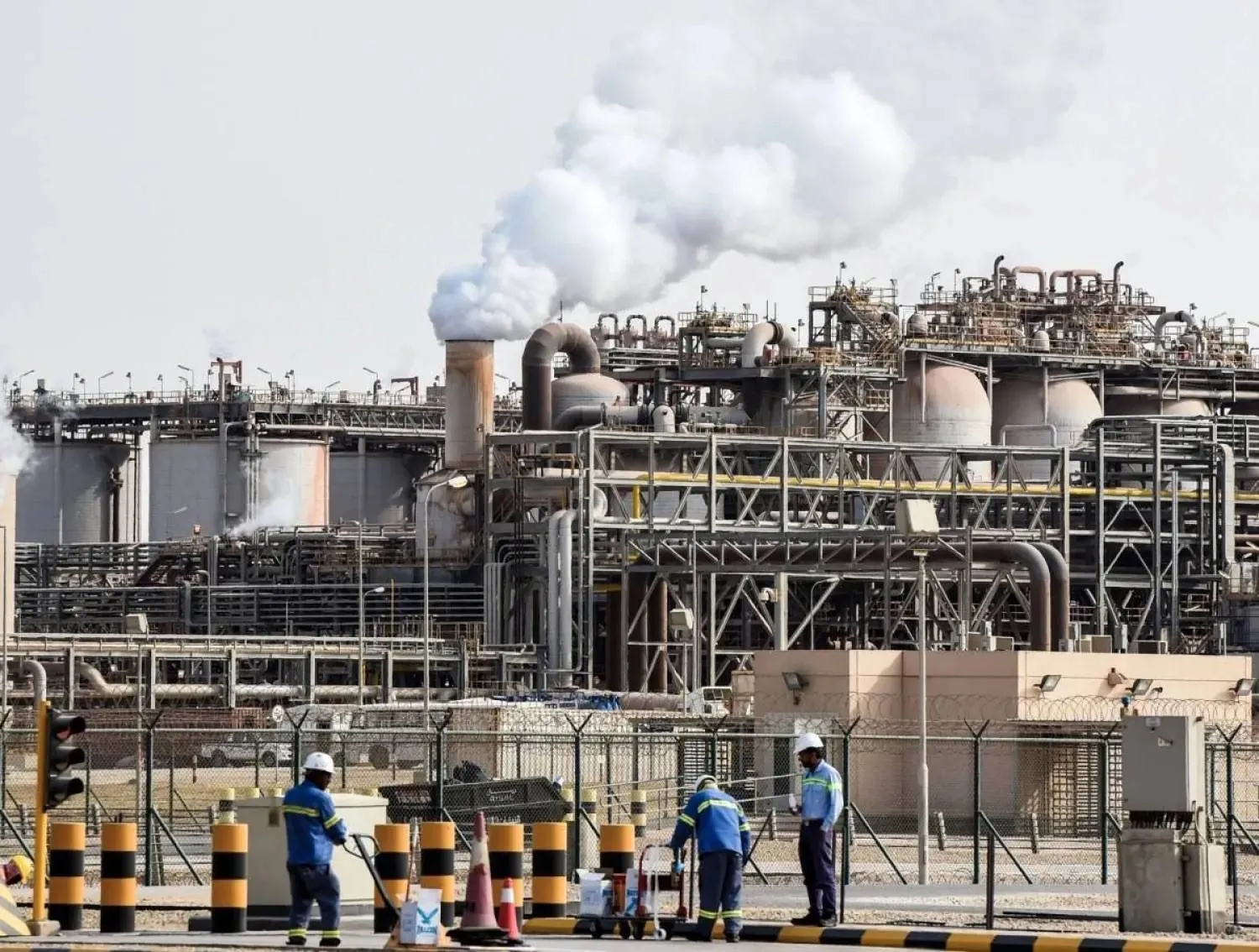Egypt's Petroleum Company (PETROBEL) announced that in the fiscal year 2022/2023, the Zohr field produced an annual amount of 2.4 billion cubic feet of natural gas, accompanied by about 3,700 barrels per day of condensates.
During the company's general assembly to discuss the annual operational results, which was attended by Petroleum Minister Tarek el-Molla, Chairman Khaled Mowafy announced that plans are underway to put well number 20 into production by the end of October 2023, in line with the increasing gas production from the Zohr field in the Mediterranean Sea.
The Zohr field, the largest gas field in the Mediterranean, represents about 38 percent of Egypt's gas production. Its discovery in 2018 enabled Egypt to cease gas imports and become a net natural gas exporter.
Mowafy further added that the project connecting the Zohr field's processing station with the compressors of the Jamil station has been completed, which will significantly enhance the field's recovery rate.
He noted that preparations are also underway to drill several new wells during 2024-2025, continuously studying ways to maximize production rates and increase the recovery factor.
Molla stressed that the partnership between Petrobel, a subsidiary of the Egyptian General Petroleum Corp., and the Italian energy company Eni represents a successful model of cooperation and integration within Egypt's petroleum industry.
Meanwhile, Eni's Natural Resources Chief Operating Officer Guido Brusco announced that Algeria, Egypt, and Libya will be Italy's leading gas suppliers for the next few years.
Brusco told Reuters that Eni Energy group would invest heavily in Africa in exploration and new low-carbon projects.
Regarding the Zohr field, Brusco said its performance aligns with the company's plans and is better than bigger fields in Russia.
He added that Eni plans to invest around $3.5 billion over four years in activities including exploring and managing existing fields in Egypt.
Egypt's Petroleum Minister stressed the need to intensify drilling activities, implement feasible engineering and technical solutions, and employ the latest technologies to boost production rates.
He further highlighted the state's readiness to support this project entirely, one of Egypt's largest and most significant gas production projects.
Molla reaffirmed a promising opportunity to increase oil and gas production rates through enhancing operational efficiency and intensifying research and exploration efforts.
Tel:







